- Home
- slideshows
- miscellaneous
- I tried Tesla's Autopilot for the first time - and it was nerve-racking at first
I tried Tesla's Autopilot for the first time - and it was nerve-racking at first
The Model 3 is Tesla's first mass-market car.

Tesla launched the Model 3 in July 2017 and has struggled to ramp up production. On July 2, the company announced that it hit a production milestone CEO Elon Musk previously said it would meet by the end of 2017.
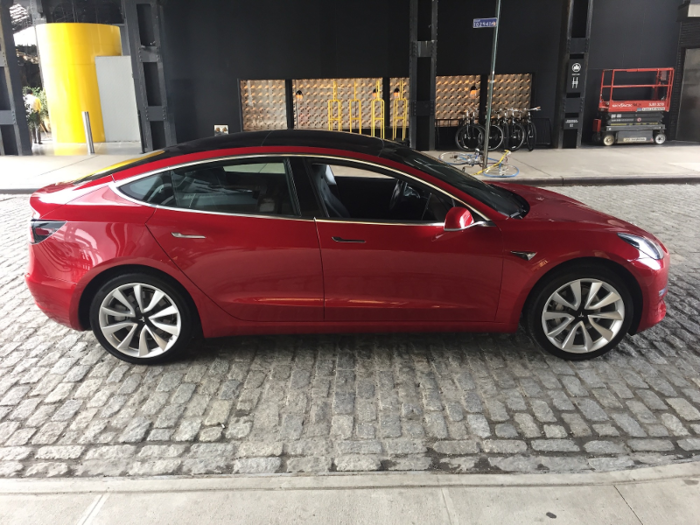
The Model 3 starts at $35,000, though only higher-priced versions are currently available.
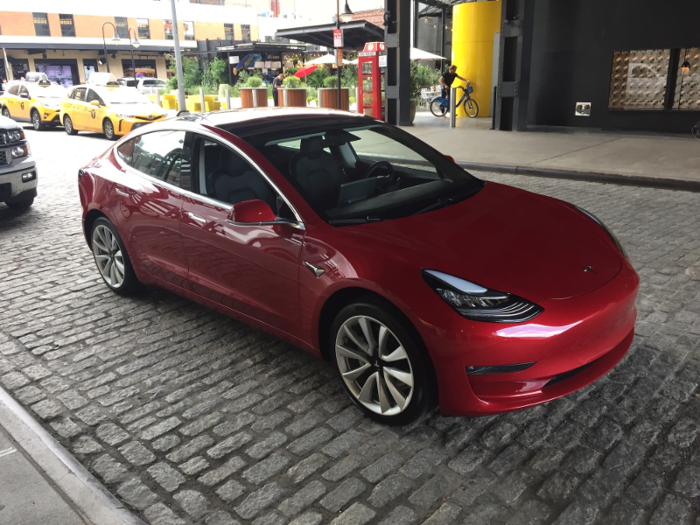
With a long-range battery, it has a range of 310 miles. With a standard battery, it has a range of 220 miles.
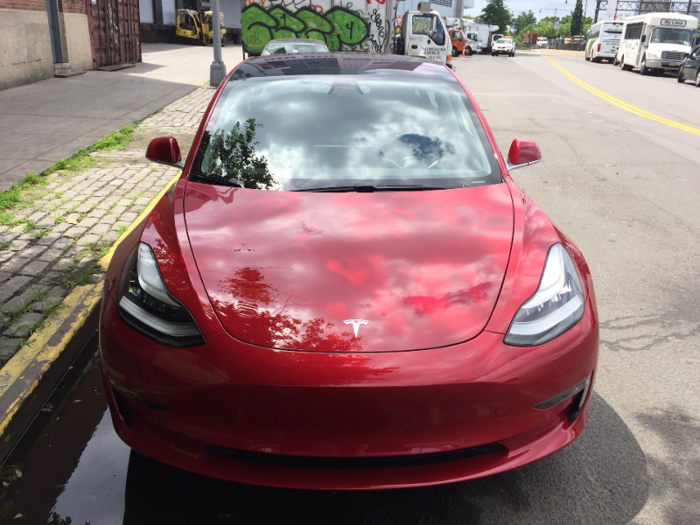
You can open the car with a key that's roughly the size and weight of a credit card.
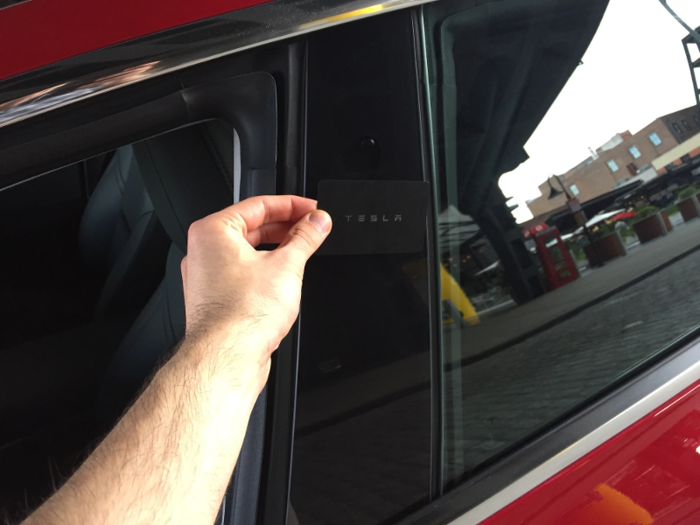
The Model 3's dashboard has a strikingly minimalist design.
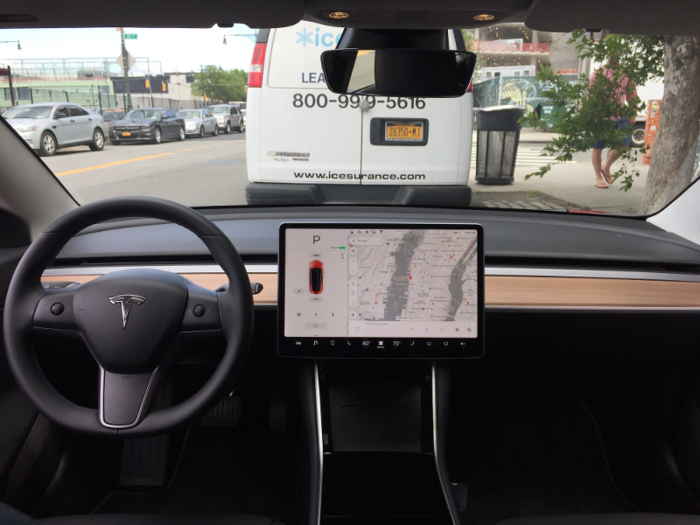
Most of the car's settings are controlled through a 15-inch touchscreen.
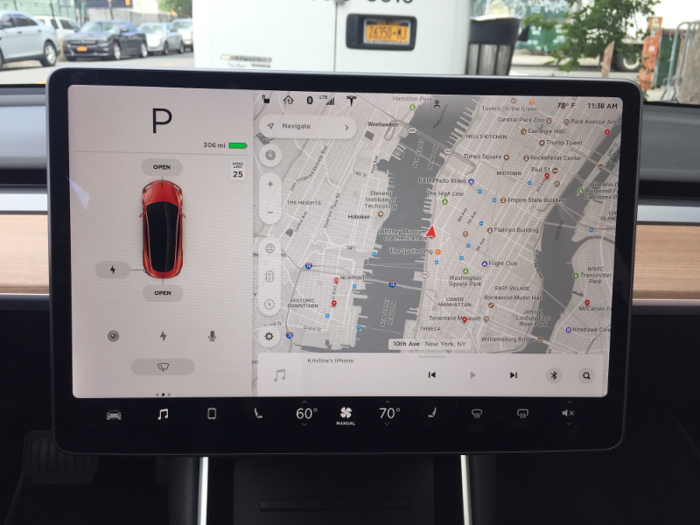
The Model 3 seats a total of five people.
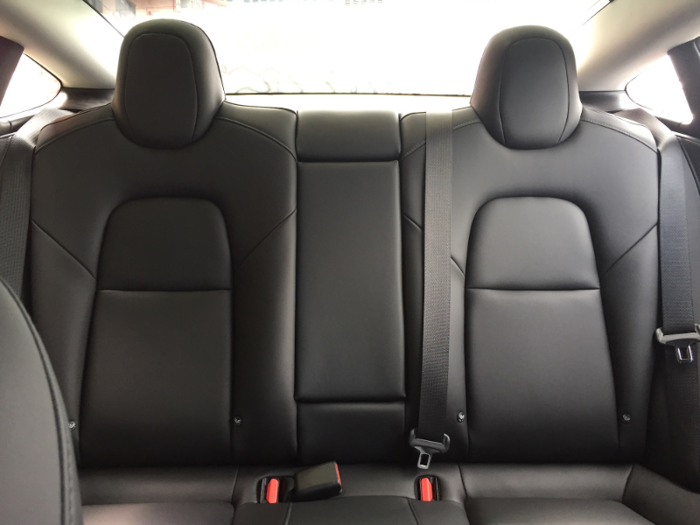
This was my first time driving a Model 3, and I spent most of it in stop-and-go traffic. I found the car's regenerative braking system to be useful in that environment.
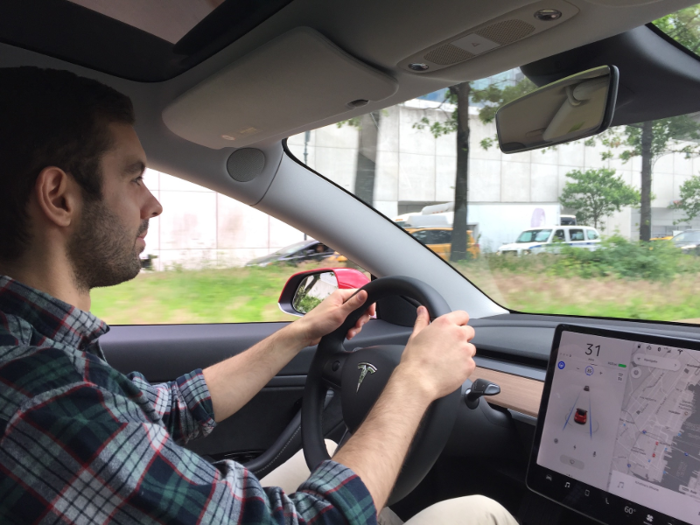
Regenerative braking is unique to electric vehicles. After the driver's foot is taken off the accelerator, regenerative braking slows a car down more quickly than a gas-powered car would. This means that, in some instances, the driver won't have to switch between the accelerator and brake pedals in heavy traffic. Instead, the driver can just use the accelerator pedal.
While some Model 3 reviews have said the touchscreen can be difficult to use, I found it easy to monitor essential information like speed and charge level after a short adjustment period. But I didn't have to use it for more complex tasks.
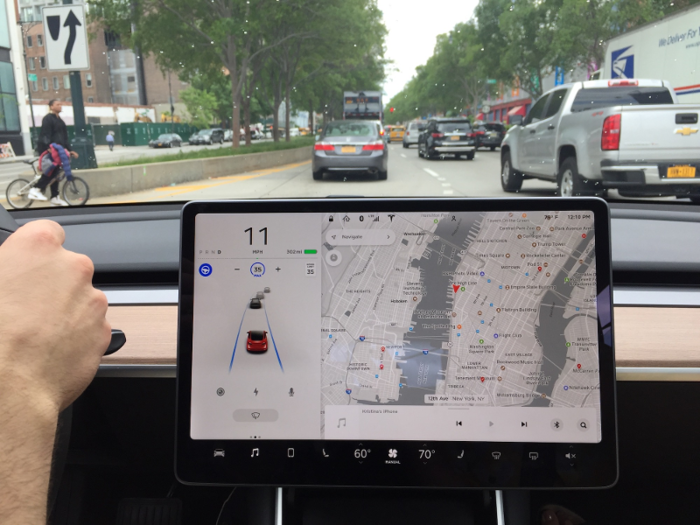
Using Autopilot was scary at first. I had trouble letting the system handle any amount of driving without my input, even with my hands on the wheel and eyes on the road.
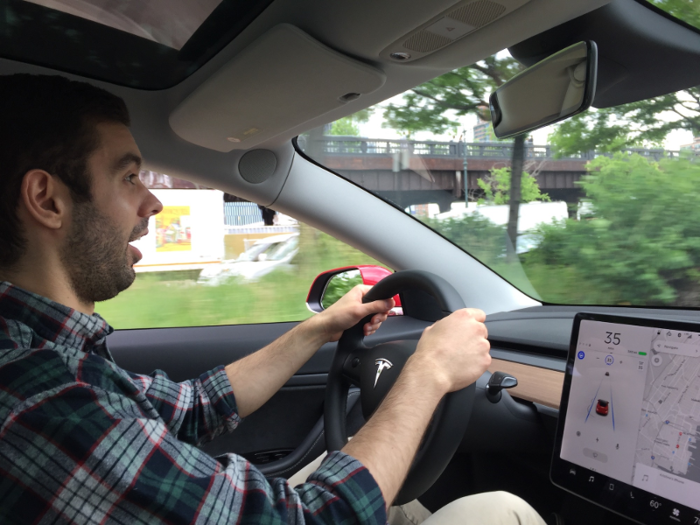
I had to override all of my driving instincts to let a car handle any driving functions beyond speed regulation. It was difficult to understand how drivers could eventually feel comfortable taking their hands off the wheel or eyes off the road for significant amounts of time, but I also have no sense of how my comfort with the feature would change over time.
After a few tries, I felt more comfortable letting Autopilot handle steering, stopping, and speed.
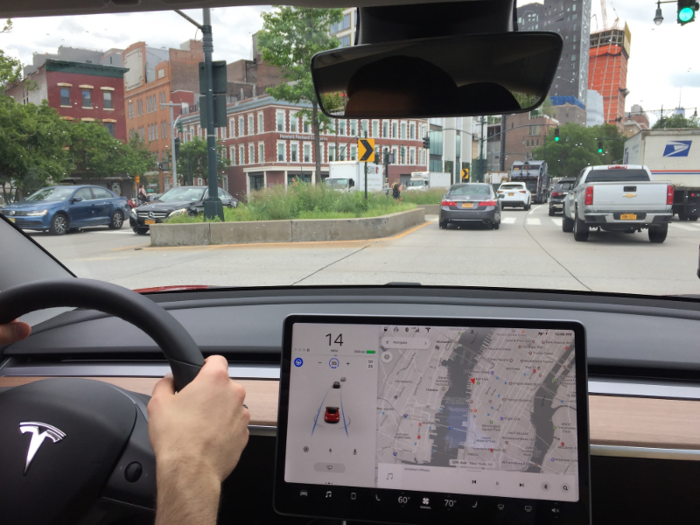
In my time with Autopilot, I saw it stop, start, and make gentle turns without my input, and I realized how it could ease some of the foot and ankle fatigue driving on crowded streets can cause.
While I wasn't able to test Autopilot on a highway to see how it would handle high speeds and long distances, I got a sense of how the first steps toward autonomy can make some of the least complicated and most irritating parts of driving easier.
Popular Right Now
Popular Keywords
Advertisement